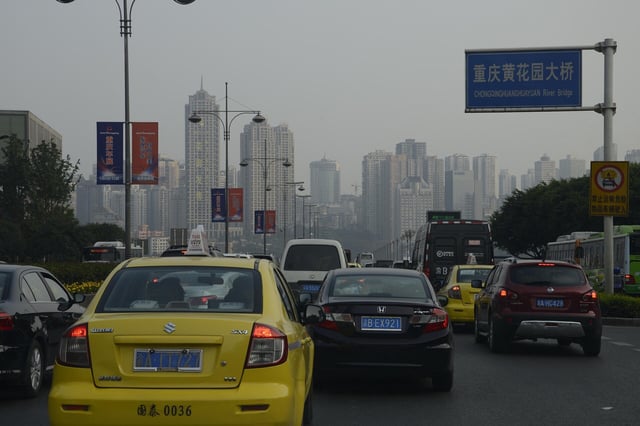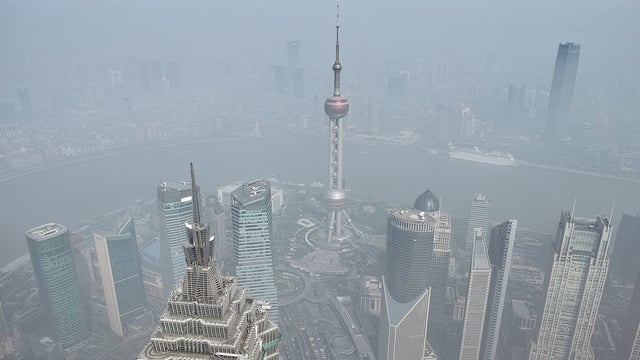Overview
- The study published July 14 in Communications Earth and Environment used eight global climate models with updated emissions data to isolate the climate impact of East Asian aerosol cuts.
- Since 2010, China and neighboring countries have cut sulfur dioxide emissions by about 75%, sharply reducing sulfate aerosols that once reflected sunlight and cooled the planet.
- This loss of cooling particles accounts for roughly 0.07°C of the additional warming observed since 2010, helping explain why measured temperatures have exceeded projections.
- Researchers found that the aerosol decline has also modified temperature patterns over the North Pacific, highlighting how regional pollution measures can have global climate effects.
- Authors warn that the unmasking effect will diminish as aerosol emissions stabilize and emphasize the need for concurrent CO₂ reductions to preserve a protective cooling layer.


